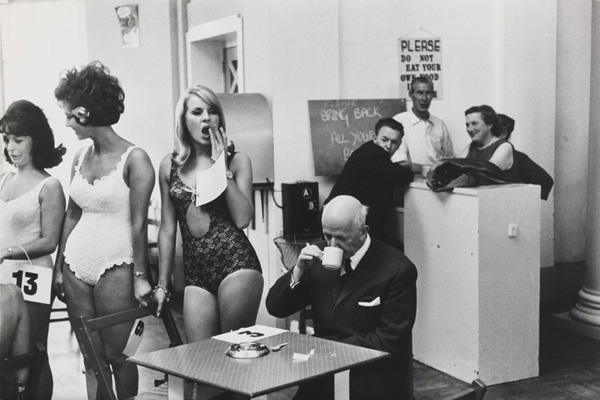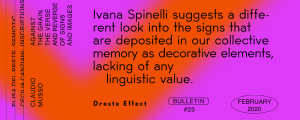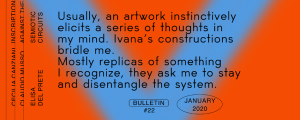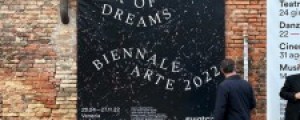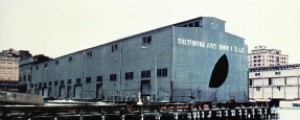Only in England. Photographs by Martin Parr and Tony Ray Jones
People have always argued the relationship between science and art, especially when it comes to photography. This could be the reason for the Science Museums new Media Space that exhibited the anthropological photographs taken by Martin Parr and Tony Ray Jones.
Split into three sections, the exhibition is a social study during the late 60s, a time when England began to lose its cultural identity. The first room is dedicated to the work of Tony Ray Jones, a documentary photographer who died at the age of 30. Among the photographs are scenes from dog shows, horse shows, beauty pageants and people bracing the cold English weather on beaches drinking tea. It reveals a time before globalisation and £40 return flights with Ryanair. Summer holidays were spent in costal towns like Margate and Weston super-mare, taking part in community activities. The effects of post war social change, coupled with ‘Americanisation’ resulted in the younger generation becoming disassociated with their own culture.
The second room is filled with the work of Martin Parr. Similar to Jones, Parr has selected photographs that depict activities and hobbies that have disappeared over the years. Pigeon competitions and mouse shows are amongst some of the images which depict the changes in attitude to how we spend our leisurely time. I found this second room to be quite disappointing.
When one hears the name Martin Parr, the mind immediately thinks of bright, high contrast, colour photographs of the same topic; being British. However Parr has mirrored the work of Jones and exhibited only his black and white photographs. Would Parr’s colour photographs looked too crass in the same space? Potentially. However that is the exact same thinking that almost prevented Parr’s joining of Magnum. Maybe using his colour images would have worked as a juxtaposition between the different eras yet showing the same eccentric British style.
The third and final room contains the work of Tony Ray Jones, curated by Martin Parr. Instantly we are met with better compositions, tighter crops and more poignant subject matters. Parr is almost suggesting this is how Jones may have improved over the years had he not lost his life at such a young age.
The exhibition, which did appear lighthearted to me, contained far too many images often revealing much of the same thing. Compare the work to that of Robert Frank’s “The Americans” and the photographs seem boring. Yes, it’s nice to have a chuckle at some of the bizarre activities that would take place, however it didn’t appear to make much of a statement about the social and political thoughts at the time. I would go as far to compare its clichés to that of the “Family of Man” exhibition. It all seemed a bit too nice.
Martin Parr and Tony Ray Jones, Only in England, Science Museum, London, until March 16, 2014
by Sarah El-Taki
in Focus on Europe
Nov 20, 2013




